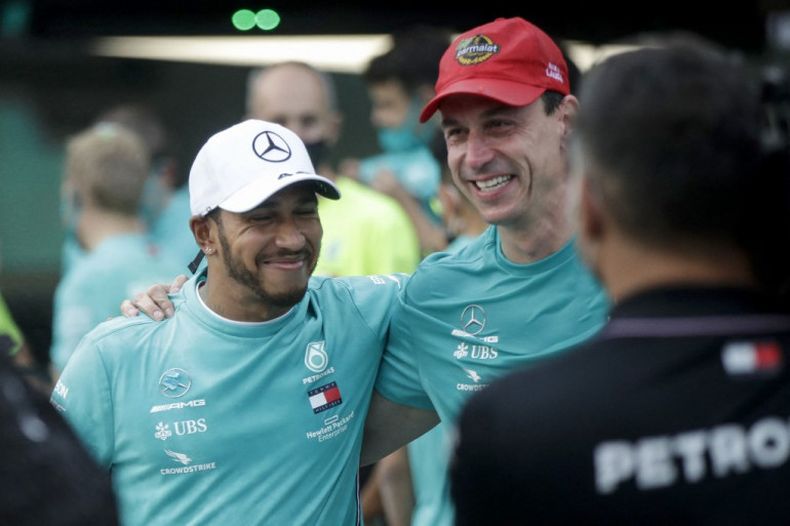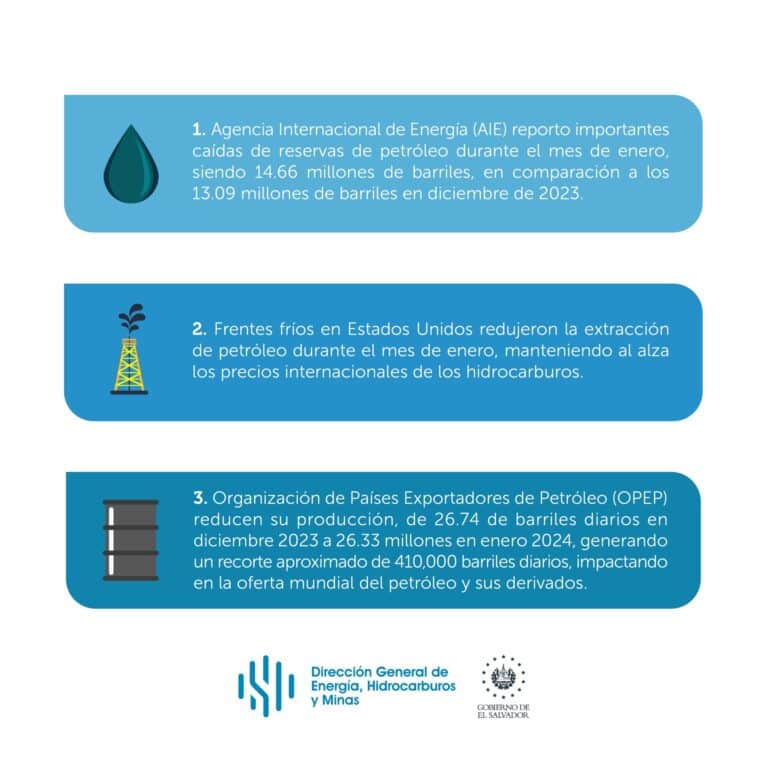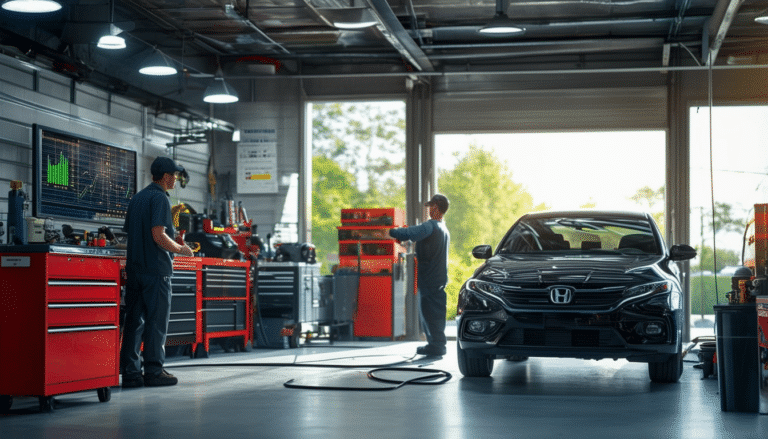Encuentro de motores en Baréin: Honda, Mercedes y Audi se oponen a cambios hasta 2030

At the recent meeting held in Bahrain, the automotive giants Honda, Mercedes, and Audi have shown a firm stance against any modifications to the engine regulations until 2030. Despite the uncertainty surrounding the new V6 hybrid power units that will debut in 2026, these three brands have managed to secure the continuity of their long-term plans, maintaining the focus on hybrid engines despite the differing opinions of other manufacturers.
At a recent meeting in Bahrain, the car manufacturers Honda, Mercedes, and Audi reaffirmed their position to maintain V6 hybrid engines in Formula 1 until 2030. Despite discussions about possible changes to the regulations, the three brands have successfully defended their interests, supporting the continuity of the current power units and rejecting any premature modifications. This consensus among the brands and Formula 1 underscores the importance of the hybrid approach for the near future of motorsport.
Reaffirmation of commitment to V6 hybrid engines
During the meeting in Bahrain, Honda, Mercedes, and Audi expressed their willingness to continue with the V6 hybrid engines until 2030. This commitment is reflected in the decisions made regarding the regulations, which will remain unchanged for the next cycle. The choice of V6 hybrid engines aligned these manufacturers with the vision of Formula 1, which continues to seek improvements in efficiency and sustainability without significantly altering the established rules.
The clear stance of Mercedes
According to information arising from the paddock, Mercedes would be well-positioned with the engines that will be introduced in 2026. As a result, the German brand publicly defended the status quo. Doubts surrounding the new power units fuel the debate, but Mercedes, alongside its allies, ensures that hybrid engines remain the cornerstone of Formula 1’s future.
Alliance of Honda and Audi
For Honda and Audi, the integration of hybrid engines was one of the most significant reasons to commit to Formula 1. Both brands support the continuity of this technology, which reinforces their commitment to innovation and sustainability. This meeting in Bahrain has granted them a provisional victory, ensuring that the regulations continue as planned and without an imminent return to V10 engines.
Reactions from other manufacturers
For their part, Ferrari, Cadillac, and Red Bull seem to have accepted the decision, although their future plans are not completely clear. These manufacturers have requested a future meeting to explore possible changes to the homologation standards. Options are being explored to ease some current restrictions.
Integrated power distribution
The balance between the internal combustion engine and the electric part will remain at a ratio of 55/45, rejecting proposals to alter this ratio. This will remain in place, at least until 2029. However, there is a possibility of reviewing it in the future if it is deemed that the results are not optimal. The priority remains technological evolution and energy efficiency.
Future of V10 engines
Although the meeting did not include the topic of V10 engines, the German publication revealed that the FIA already has a drafted plan regarding their possible return. However, this topic is still in preliminary phases and a short-term return is ruled out. There are many uncertainties that must be resolved before considering this option seriously.
Conclusion of the Engine Meeting in Bahrain
The engine meeting held in Bahrain has been decisive for defining the future of Formula 1. The discussions have revolved around the engine regulations that will come into effect in 2026. Three automotive giants, Honda, Mercedes, and Audi, have firmly opposed any change in this regulation before 2030. The three brands share the vision of maintaining V6 hybrid technology, arguing that this format is the most suitable for current competition.
The meeting concluded with a provisional victory for these manufacturers, as the deliberations have proven favorable to their interests, ensuring the continuity of the hybrid engine without significant alterations in the short term. However, other brands such as Ferrari, Cadillac, and Red Bull have accepted this decision, although they have requested a future discussion on the homologation standards. This point could influence the development and competitiveness of the engines.
The maintenance of the power distribution between the combustion engine and the electric part at a ratio of 55/45 until at least 2029 signals stability in the current technical parameters. This balance is seen as the key to preserving the identity of Formula 1. Although different options have been considered, such as a distribution of 80/20 or 70/30, these have not garnered the necessary support.
As for the V10 engines, their return was not a topic of discussion on this occasion. Although the FIA has a detailed plan for the possible reintroduction of these engines, it is a topic that still requires extensive debate and, as of today, the rapid return of the V10s is an option ruled out.




